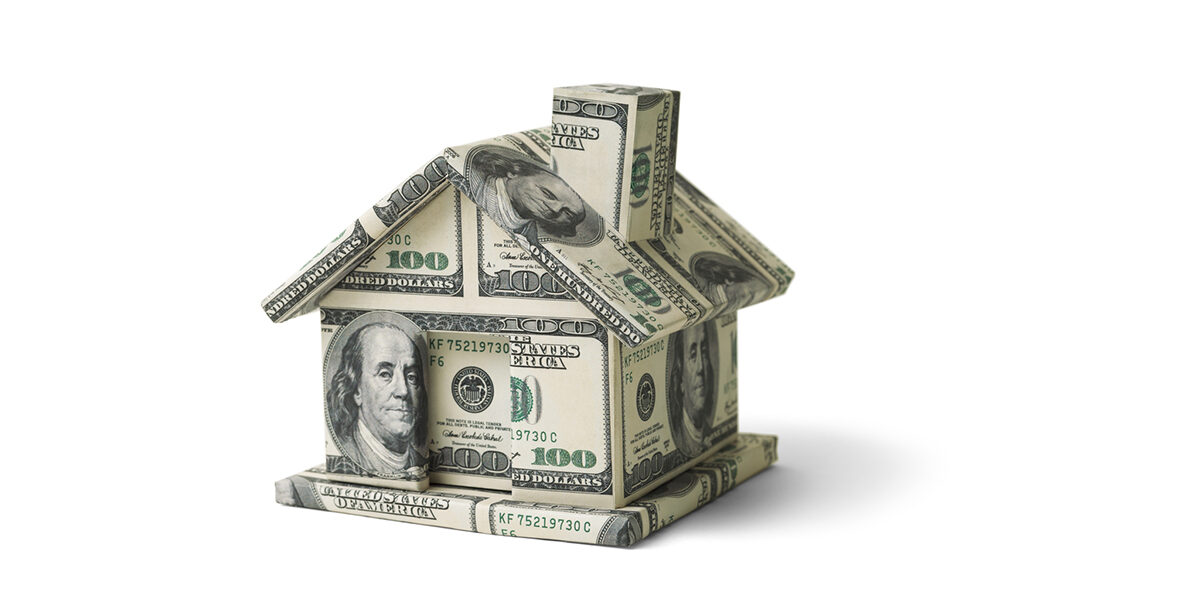Property Insurance Costs Poised To Rise From Climate Events
Homeowners and residential real estate investors can expect property insurance rates to rise following the growing number of natural disasters nationwide, according to SitusAMC, a solutions supporting the entire lifecycle of commercial and residential real estate finance.
A new SitusAMC white paper, “Weathering the Storm: Burgeoning Insurance Costs for Real Estate,” found the impact of natural disasters on the residential property market has not been limited to California and Florida, where several high-profile disasters have taken place. In fact, in 2020, the states hardest hit by natural disasters were Texas, Virginia and South Dakota. Winter storms in Texas, for example, accounted for 40% of the total losses in the U.S. property insurance market during the first half of 2021.
The rise in the number and severity of hurricanes, wildfires, tornadoes and other events tied to climate change has created significant risk for insurance companies, which will lead to a rise in insurance premiums and reductions in coverage for property owners.
“The growing number of climate events has left the insurance industry reeling,” said Jennifer Rasmussen, PhD, Vice President and Head of Thought Leadership and Publications for SitusAMC Insights, a division of SitusAMC, and co-author of the white paper. “Many insurers and reinsurers have already seen their 2020 financials severely downgraded. As the intensity and scope of future catastrophes grow, insurance rates for property owners will likely rise significantly in the near future.”
The white paper describes how higher temperatures attributed to climate change will increase the severity of Atlantic hurricanes as well as create a “tinderbox” in Western states due to worsening droughts. For example, Texas will have the highest threat level for wildfires in the country, with 72% of the state’s population at risk, according to Climate Central.
Recent demographic and migration trends are exacerbating the problem, as more people are moving to fire-prone and flood-prone areas in the West and Southeast. Current migration trends will place an additional 1.2 million homes at risk for flooding over the next 30 years, an increase of 10% from today, according to data from First Street Foundation.
As insurance premiums rise, many homeowners who cannot afford private market options may fall back on state-backed insurers of last resort (IoLR), which are available at steep discounts. However, IoLRs typically offer bare-bones policies that place property owners at increased risk for losses following a disaster.
Many insurance companies draw from reinsurance policies to protect themselves from natural catastrophes. However, the reinsurance industry has been experiencing losses for years, and is currently passing along cost increases to insurers, which will ultimately impact property owners, the white paper stated.
“Most people may not be surprised to hear insurance rates are going up, but few understand how precarious the situation is for the insurance industry,” said Rasmussen. “As the number of climate-related disasters increase, many homeowners and residential real estate investors could be in for a rude awakening in the years ahead.”
To download the white paper, “Weathering the Storm: Burgeoning Insurance Costs for Real Estate,” click here.

The Place for Lending Visionaries and Thought Leaders. We take you beyond the latest news and trends to help you grow your lending business.



